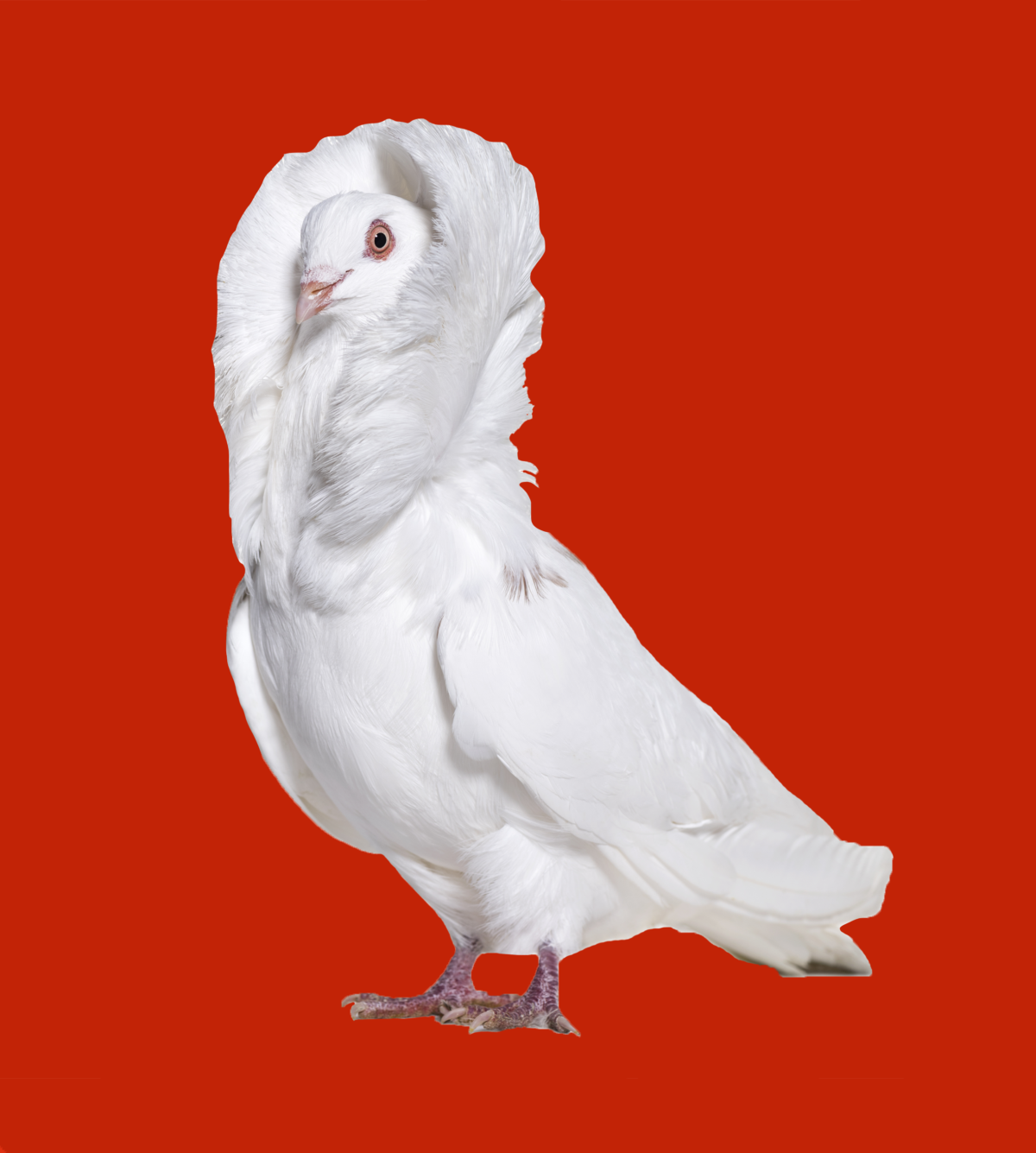
You have reached your article limit
Sign up for a digital subscription and continue reading all new issues, plus our entire archives, for just $1.50/month.
Already a subscriber? Sign in
Sir John Sebright, Sophia Loren, the Ottoman Sultans of the Manisa palace, the National Old Frill Club, Cairns of Dried Horseshit, the Flukes of an Anchor, a Bemused Fish Eagle, Genetic Mutilation, Cars Filled with Ribbons and Trophies, the Stale Roastiness of Pigeon Feed, Rawhide, Red Bull, Noah’s Ark, Miracles

Sign up for a digital subscription and continue reading all new issues, plus our entire archives, for just $1.50/month.
Already a subscriber? Sign in